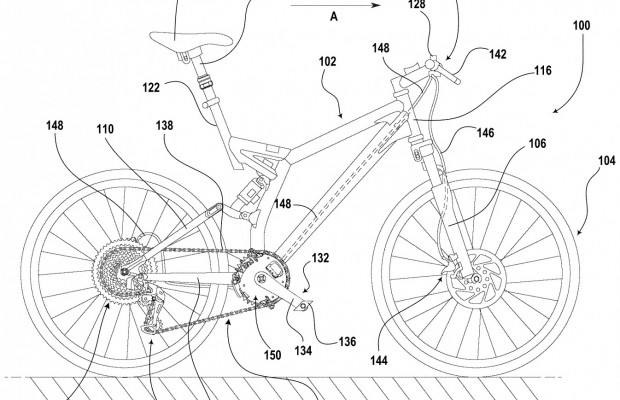10 truths about oval chainrings
The oval chainrings have generated a whole mythology around them in which it is convenient to put order so that anyone knows what can be expected from them. In these ten truths about oval chainrings we clarify the usual questions: Are they beneficial for battered knees? Are they useful exclusively on the road or MTB? Are they useful indifferently for both disciplines?
Advertising
10 truths about oval chainrings
- 1. They serve to optimize the force applied when pedaling. And that is its main function and improvement over traditional chainrings, to minimize the dead spots in each pedal stroke.
- 2. Oval chainrings are not new. Although it is thought that they emerged only a few years ago, the truth is that they came on the market during the 1990s, but they fell into oblivion for a while.
- 3. The old oval chainrings didn't work, but the new ones do. The first ones to come on the market did not work because the position of the oval in relation to the pedals was not correct. It was only after a few years that someone realized that you could optimize the position and improve the design so they could actually produce benefits.
- 4. If your knees hurt, they're not a solution, but they can help. If you suffer from regular knee discomfort, do not expect that oval chainrings will cure you but -although there are no studies that ratify this premise- the truth is that there are cases in which they help.
- 5. They increase our ability to accelerate. In constant pedaling there is no absolute certainty that the effect of oval chainrings is positive, although it is suspected that it can promote a high cadence. What is incontestable is, if it is installed correctly and adapted to the biker that uses it, the improvement it produces in our acceleration capacity.

- 6. They're not dangerous. Much has been said about how oval chainrings can cause complicated injuries if not installed correctly. It's not true. The worst thing that can happen to you is that you don't adapt correctly to the chosen position, or even that because of your physical condition the ovality is not the right choice for you.
- 7. The chain doesn't come off. If the chainring is of good quality - with narrow wide teeth -, it is well installed and the chain line is correct, it will not come off any more than on a conventional chainring. In addition, a weightless mini chain guide can always be installed.

- 8. The installation must be adapted to each individual. Just as no two people walk and step in exactly the same way, no two people pedal in exactly the same way. The installation, to benefit from the virtues of the oval chainrings, must be the right one for you.
- 9. The oval chainrings squeeze their full potential in the MTB. The constant changes of rhythm, the sinuosity of the paths and the necessary accelerations in mountain biking make it the discipline in which oval chainrings show all the advantages they have. However, on the road - without reaching those heights - it is also possible to benefit from its virtues, especially in the professional field.
- 10. Until you try them, you won't know if they're for you.





